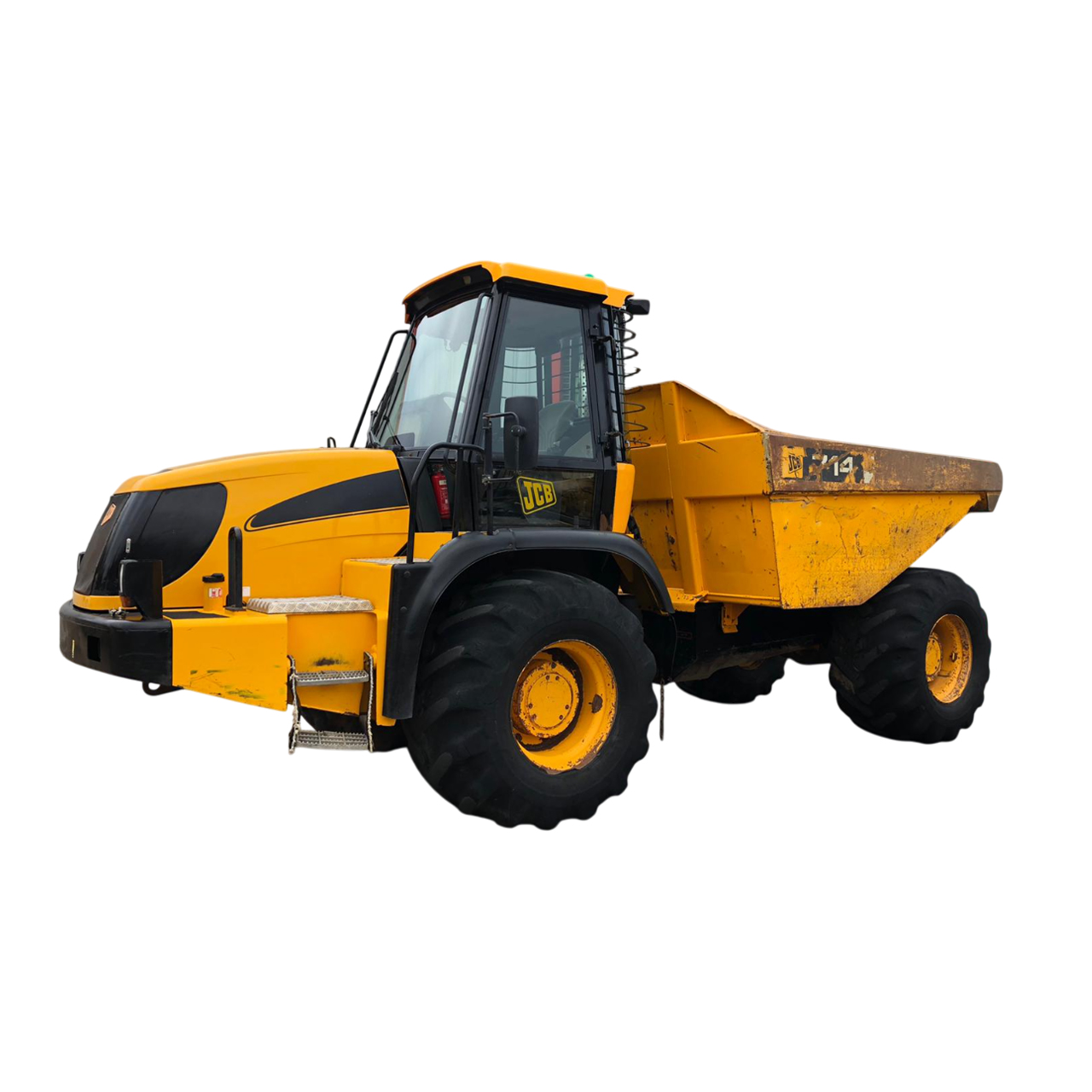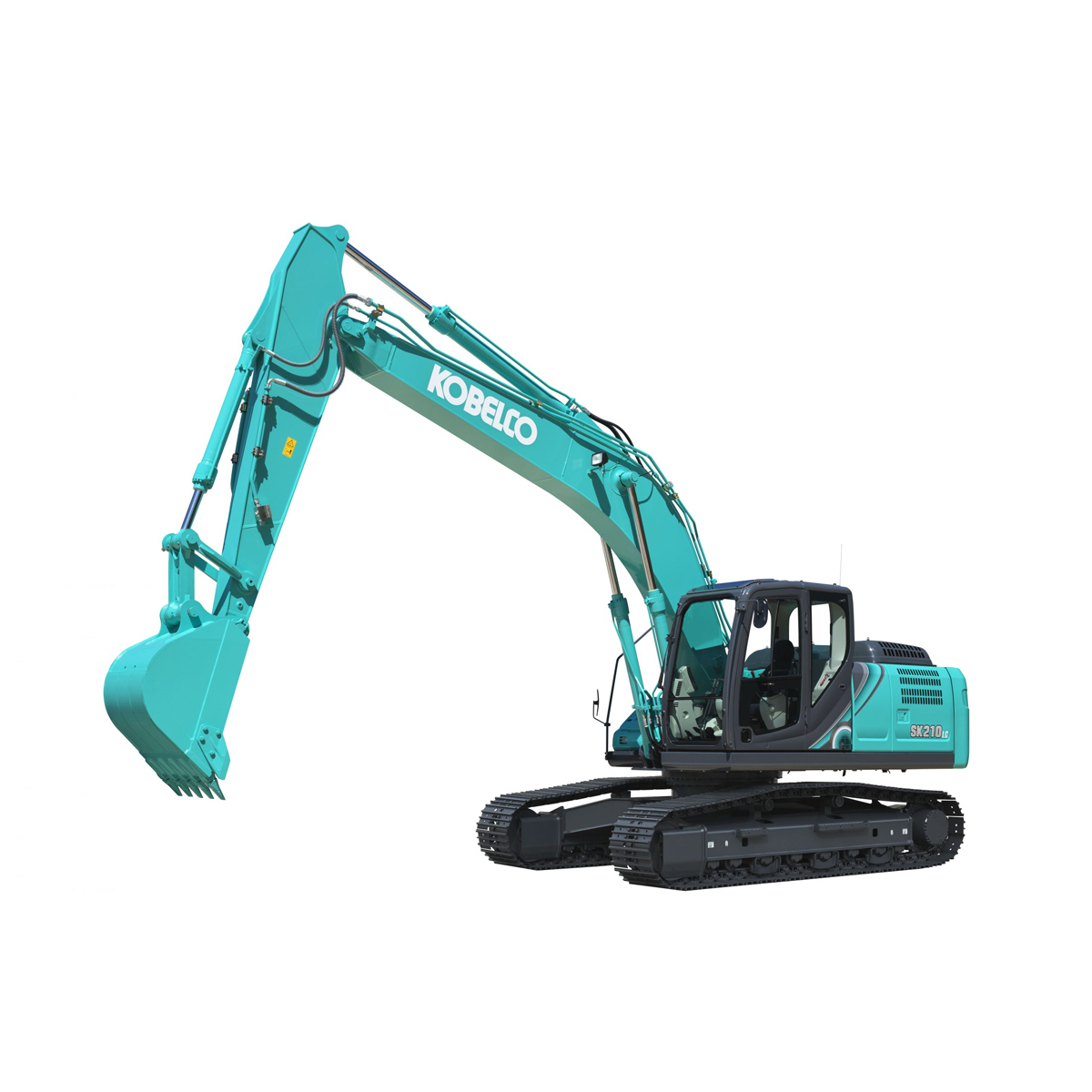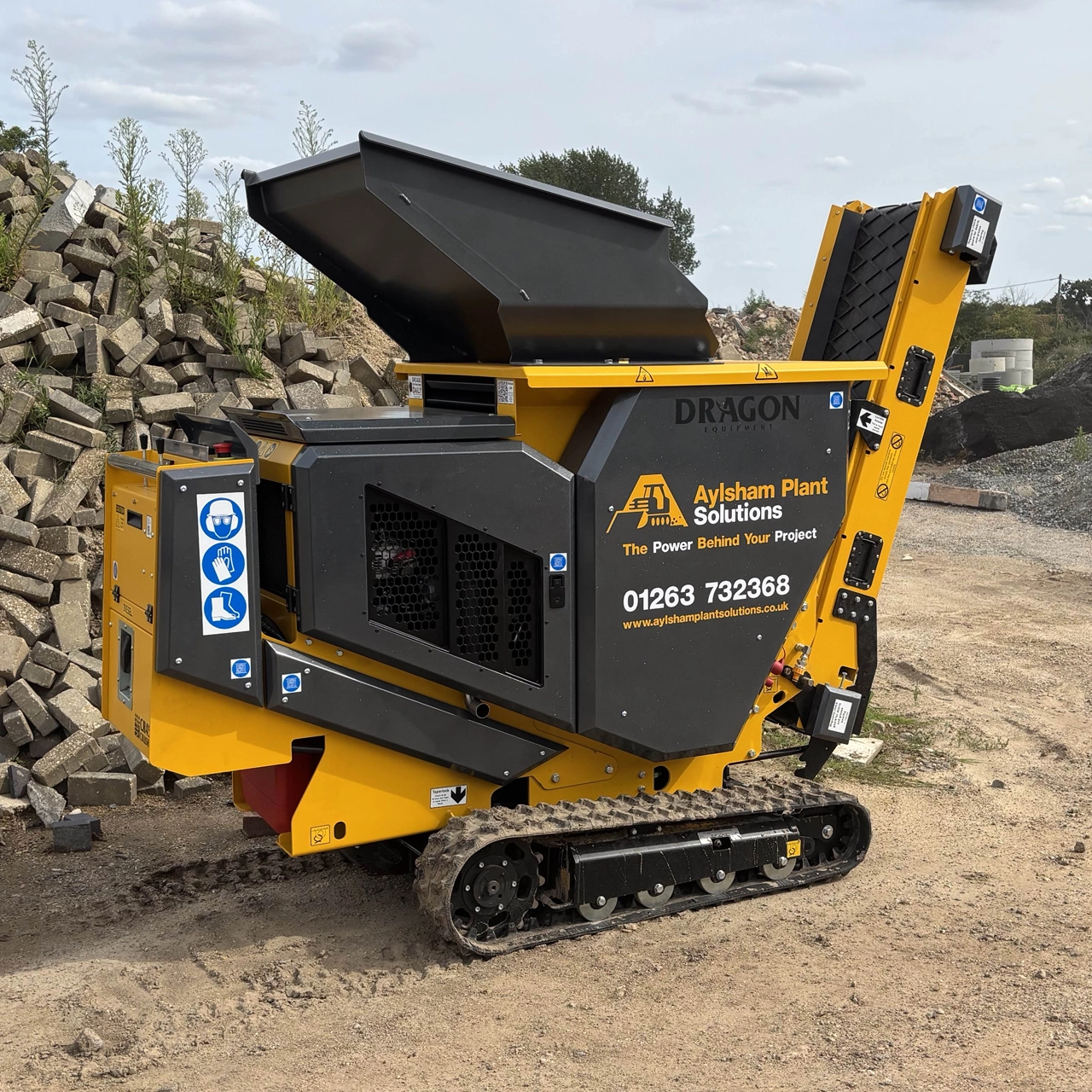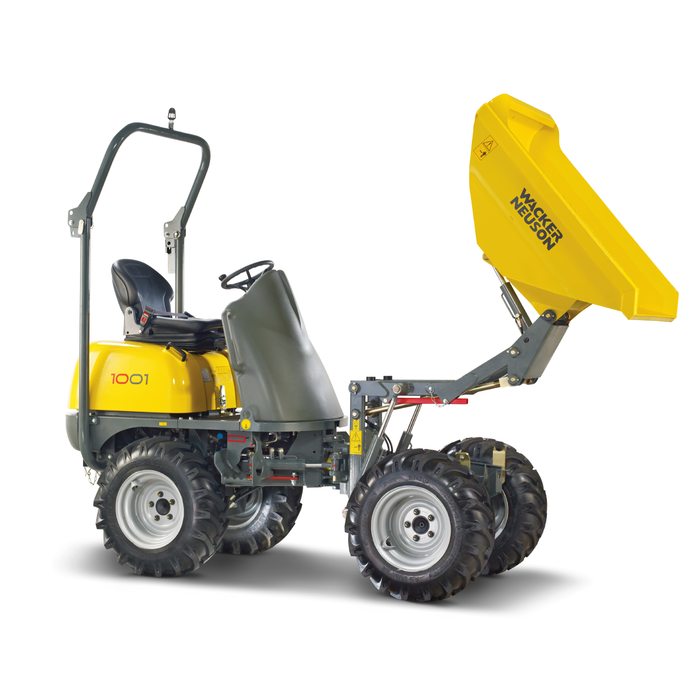
A level garden not only looks neater, but it’s also easier to maintain and more enjoyable to use. Whether you’re laying new turf, building a patio, or simply trying to stop water from pooling in certain areas, knowing how to level a garden properly is key. With the right tools and a bit of guidance, it’s a task any determined homeowner can take on.
Uneven gardens can develop over time due to natural settling, poor drainage, or old landscaping features. Levelling it out helps improve appearance, safety and function. Here’s how to approach the job, and the equipment that will make the process much easier.
Assess the Ground Before You Start
Before hiring any equipment or lifting a spade, take a proper look at your garden. Identify low spots, mounds, or slopes that you want to even out. Use a string line or a long spirit level to check how uneven the ground really is. You’ll also want to decide how far you want to go with the work – whether you’re after a perfectly flat lawn or just want to remove bumps and dips.
Having a clear plan helps you avoid unnecessary effort and ensures that you choose the right tools for the job.
What Equipment Do You Need to Level a Garden?
Manual tools will only get you so far, especially if the garden is large or very uneven. Hiring small plant equipment can save time and energy, and help you achieve a more professional result. At Aylsham Plant Solutions, we offer several machines perfect for this kind of domestic project.
Mini Excavator
To shift soil from high spots or dig out problem areas, a compact excavator is ideal. It gives you control and precision, especially if you’re dealing with hard ground or buried debris. We recommend:
- 1.7 to 2.6 Tonne Mini Excavator: A great all-rounder for reshaping the garden and clearing or redistributing soil.
Dumper
If you’re moving a lot of soil from one area to another, using a dumper will save a lot of back-and-forth with a wheelbarrow.
- 1 Tonne Dumper: Easy to handle and perfect for domestic garden projects.
Roller
Once the soil has been adjusted, a roller helps compress and smooth the surface. This is especially helpful before laying turf or compacting a new top layer.
- 80cm Roller: Compact but powerful enough to give a solid finish.
Step-by-Step Guide to Levelling Your Garden
Start by removing old turf, rocks, and any debris that might get in the way. Dig out raised areas and transfer excess soil to lower sections. Use your roller to compact the soil in layers as you go, checking levels with a board or spirit level.
If you’re laying turf, leave the surface slightly below the desired finish height to account for the thickness of the turf rolls.
Make sure to water the area lightly to help the soil settle. It’s also worth letting the ground sit for a few days before doing any final adjustments or laying turf.
Why Level Your Garden?
Level gardens don’t just look better – they’re more practical too. A smooth lawn is easier to mow, safer for children to play on, and better for installing features like sheds or decking. Levelling can also help prevent drainage problems and patchy lawn growth.
Doing the job properly from the start means you’re less likely to run into problems later. It’s one of those tasks that, once done right, won’t need repeating for years.
Get Help Choosing the Right Tools
Levelling a garden isn’t just about aesthetics – it’s an important part of setting up a garden that works well long term. It’s the foundation for planting, paving and even putting in drainage systems. Whether you’re a first-time DIYer or you’ve tackled outdoor projects before, having the right support and hire options makes the job far more manageable.
Our team understands the challenges involved in working with uneven terrain, especially in domestic gardens. We’ve helped homeowners across Norfolk level their gardens efficiently with the help of compact machinery. We can help you choose between a roller or digger depending on the condition of your soil and the overall layout of your space.
If you’re not sure what equipment you’ll need to level your garden, we’re happy to help. At Aylsham Plant Solutions, we offer straightforward advice and reliable machinery suited to domestic garden work. Whether you’re working on a small patch or reshaping an entire lawn, we’ll help you get it done.
Levelling your garden can also open up opportunities for redesign. Once your lawn is even, it’s easier to plan flower beds, walkways, or patios without having to make further ground adjustments. A level base provides more flexibility and helps ensure new additions are secure and long-lasting. If you’ve been putting off a shed or greenhouse installation because the ground isn’t quite right, this is the perfect time to make those ideas happen.
Taking the time to prepare your garden properly before planting or building will save you hassle in the long run. It also gives any new turf or plants the best chance to thrive. Uneven ground can cause waterlogging in low areas and dryness on raised patches, but a well-graded surface improves drainage and leads to healthier grass and soil conditions.
Don’t forget to factor in weather and timing. Spring and early summer are ideal for levelling a garden, giving the soil time to settle before major use or planting. Working in dry but not overly hard soil will also make the process much easier.
If you’re not sure what equipment you’ll need to level your garden, we’re happy to help. At Aylsham Plant Solutions, we offer straightforward advice and reliable machinery suited to domestic garden work. Whether you’re working on a small patch or reshaping an entire lawn, we’ll help you get it done.
If you’re not sure what equipment you’ll need to level your garden, we’re happy to help. At Aylsham Plant Solutions, we offer straightforward advice and reliable machinery suited to domestic garden work. Whether you’re working on a small patch or reshaping an entire lawn, we’ll help you get it done.
Explore our full plant hire range or contact us to discuss your project.
Related Posts
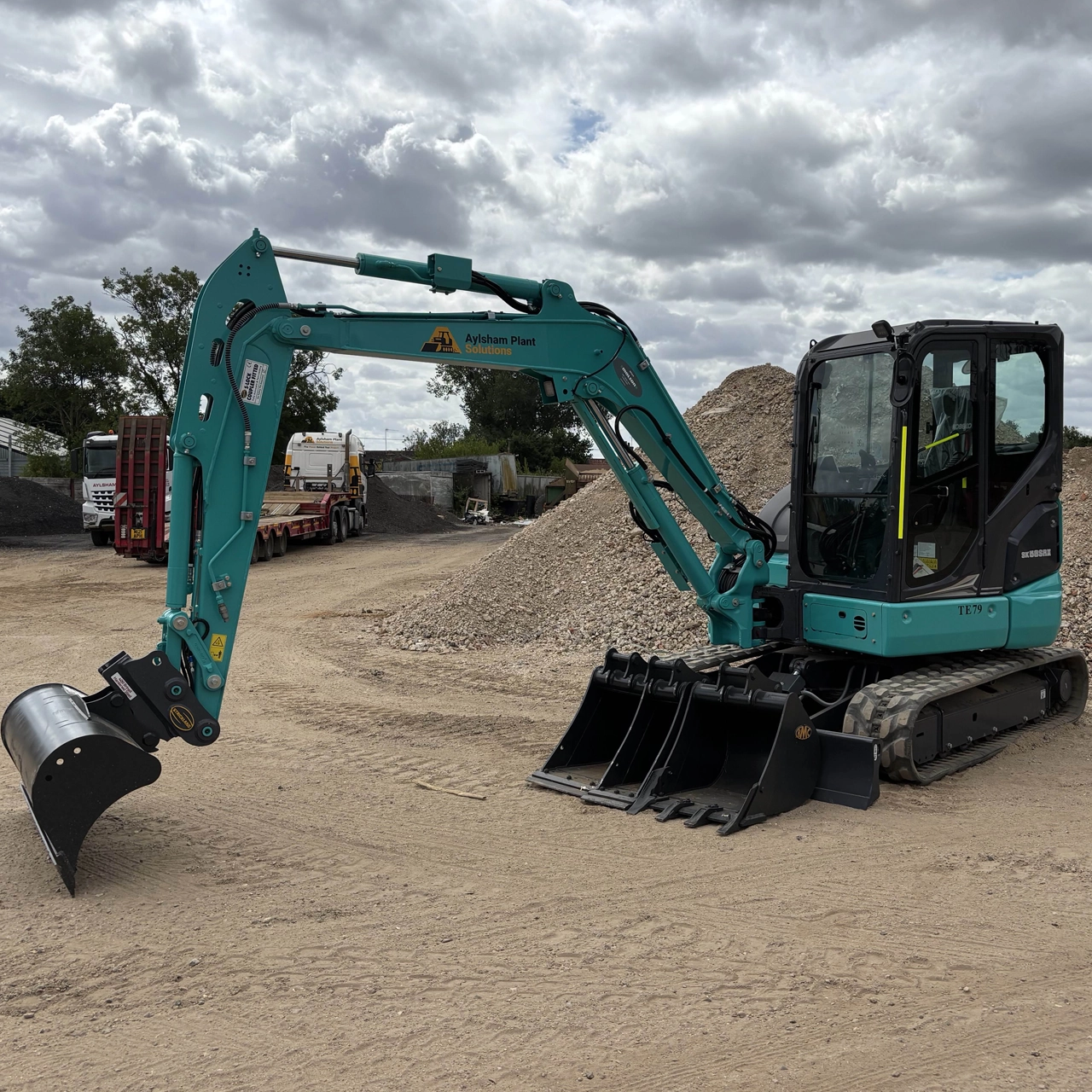
Why Groundwork Contractors Rely on Plant Hire for Every Stage of Construction
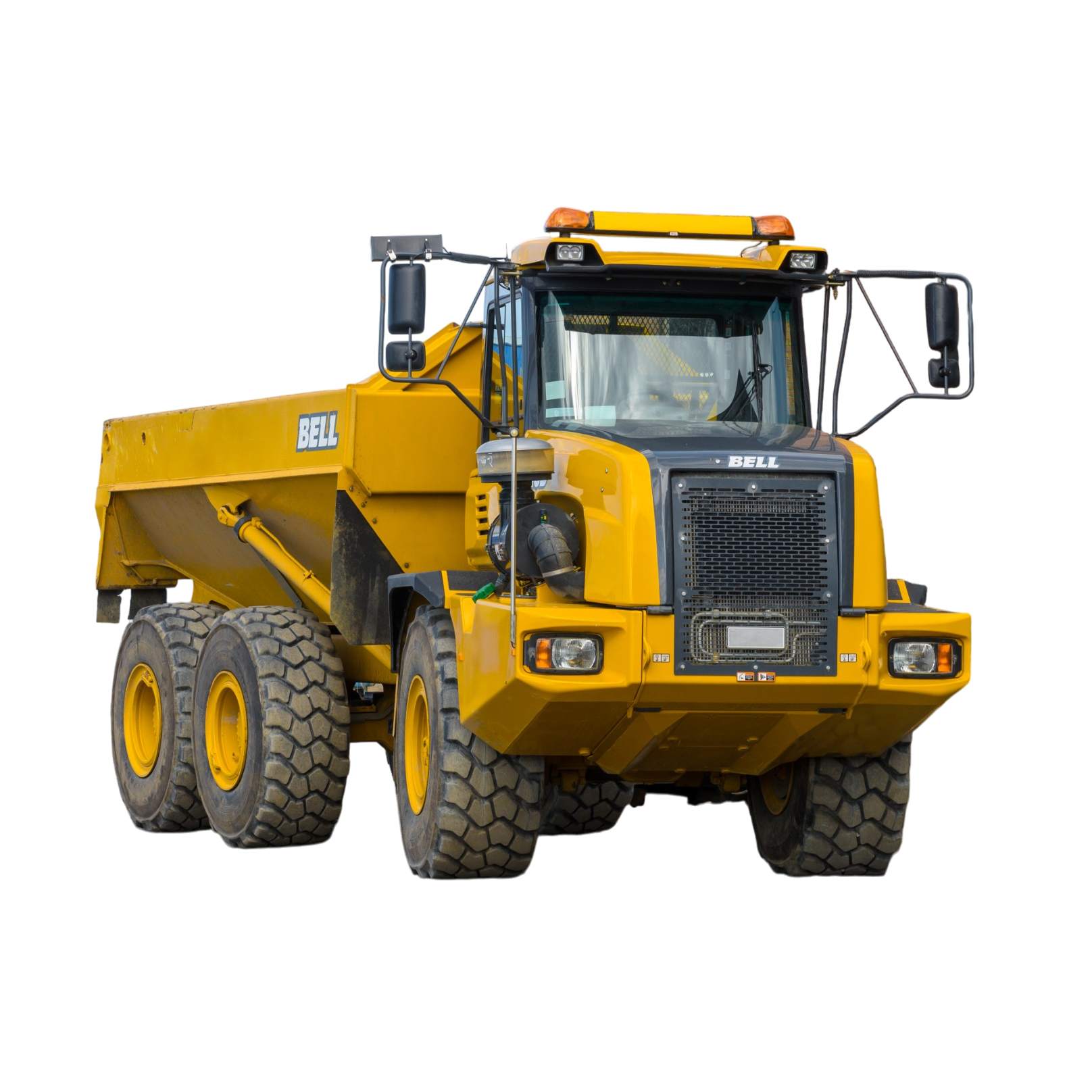
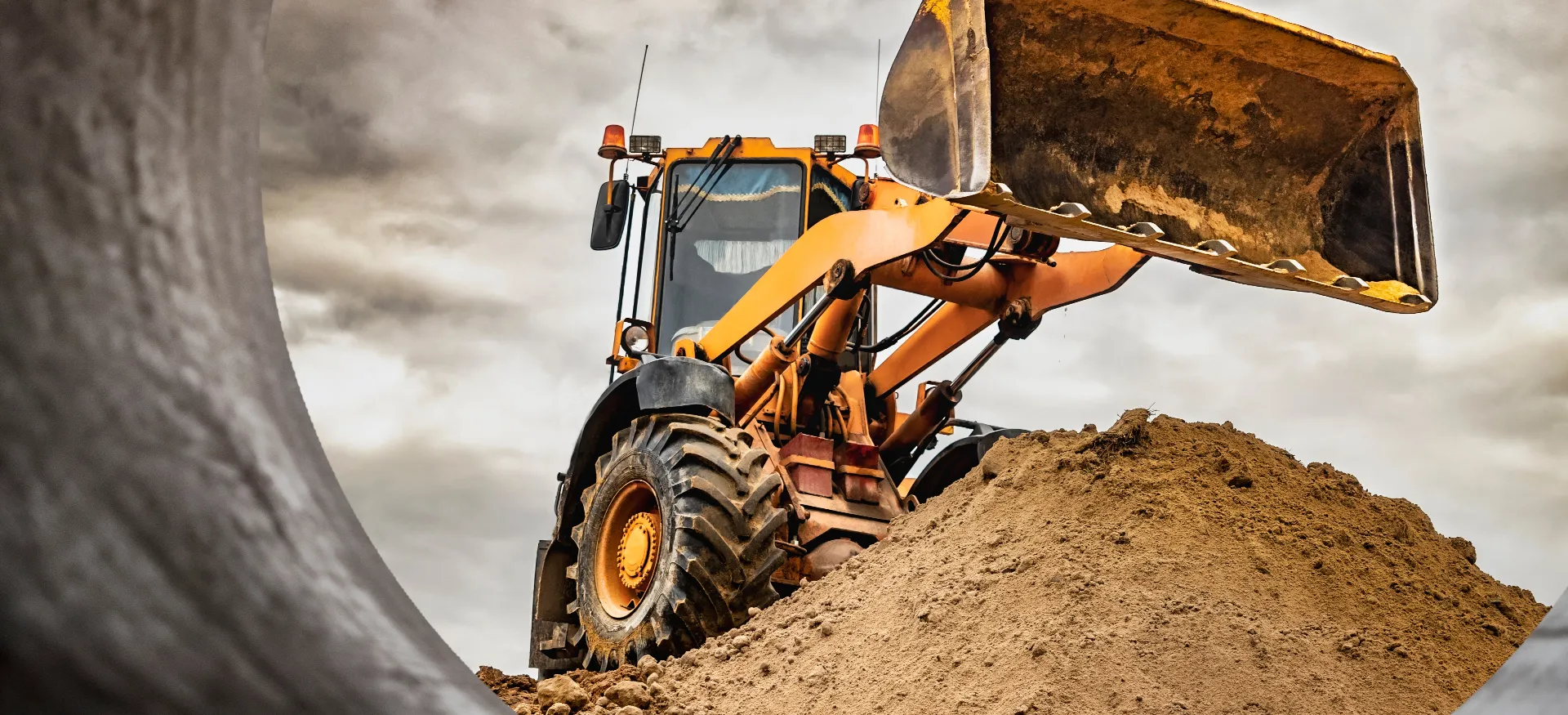

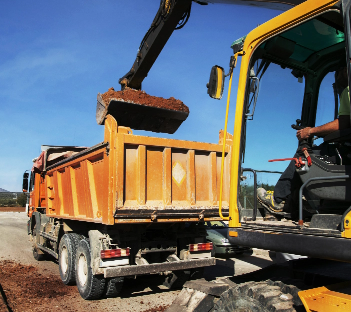


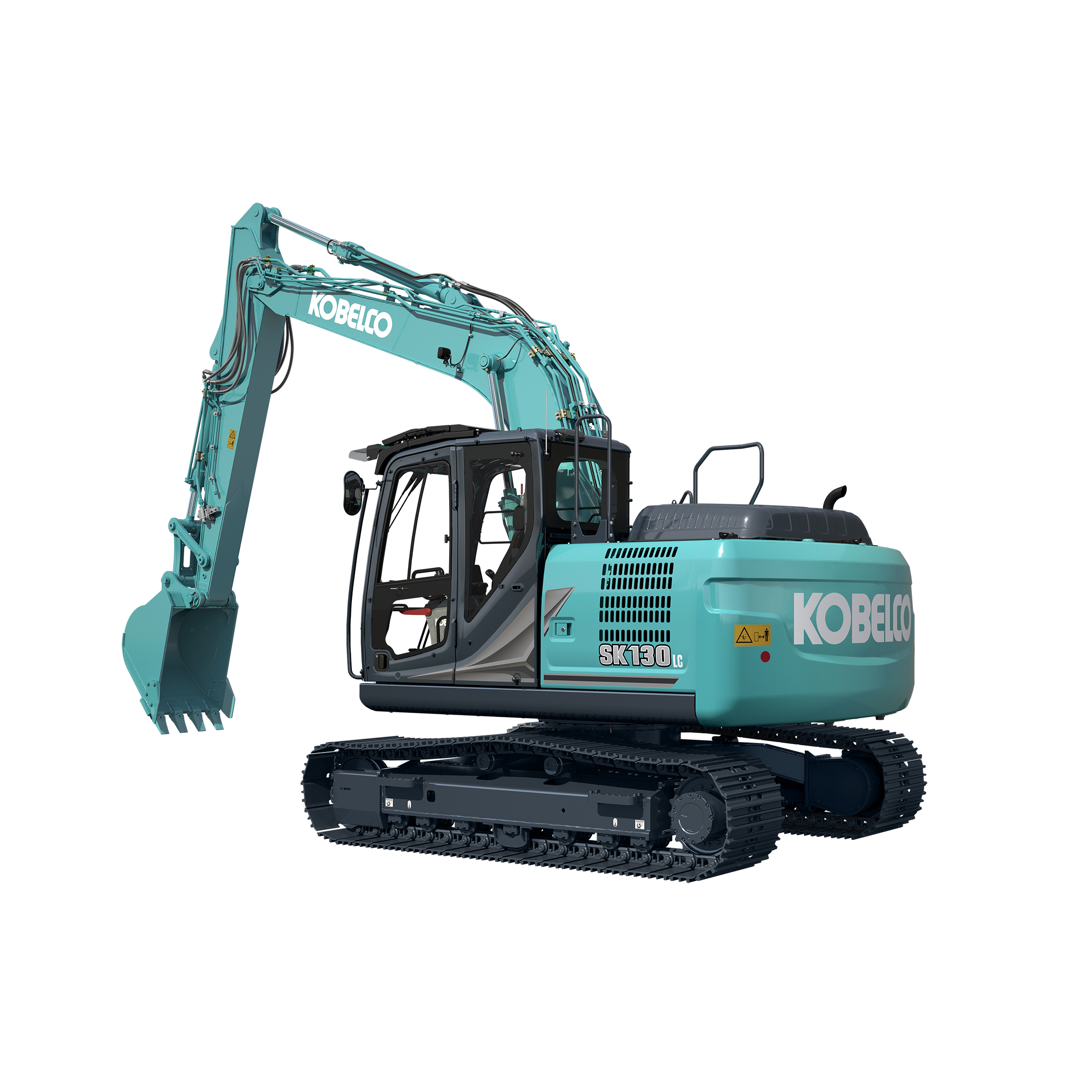
13 Tonne Excavator Hire: How 13 to 15 Tonne Excavators Improve On-Site Productivity
